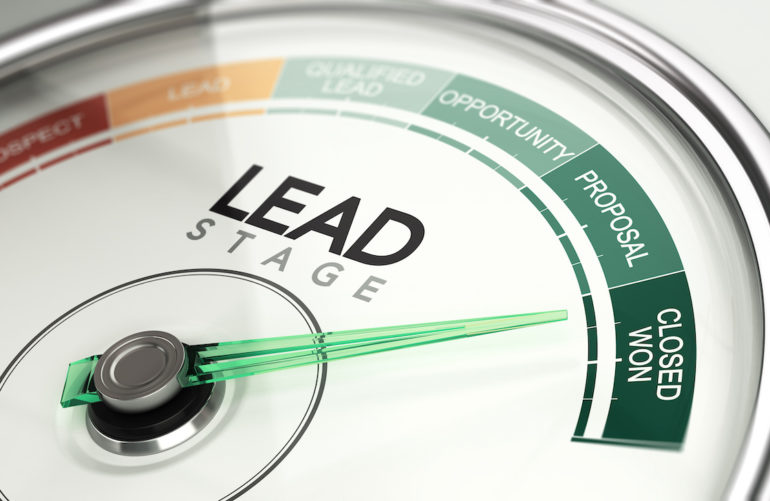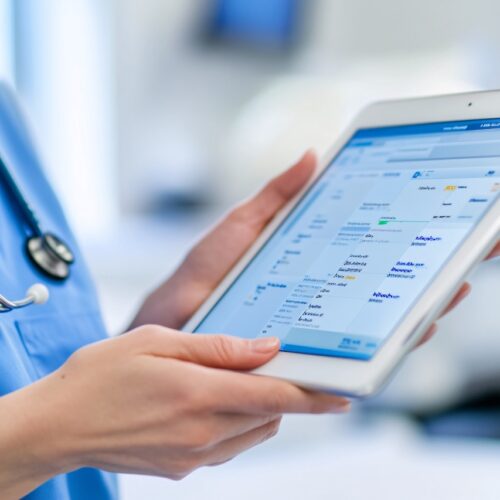If you’re working in the sales department, one of the terms you’ll most commonly hear is sales pipeline. It’s a buzzword that gets passed around the department a lot, with sales representatives stressing out about it and putting it at the core of daily operations and strategies. It’s a sales tool that’s supposed to make a significant difference to your profit levels and sales success.
But what really is a sales pipeline? Essentially, it’s like a funnel that enables your team to better visualize the whole sales process, right from the beginning where leads come up to the final point where leads are sifted to turn them into successful conversions. It’s a visual representation that shows where sales are weak, where deals are made, and what types of sales activities lead to those deals being closed.
Here are six ideas organizations can adopt for them to improve the efficiency of their sales pipeline:
1. Prioritize High-Value Leads
Suppose you’ve got quite an impressive number of leads at the beginning of your sales funnel. The first step to narrowing down those leads is by prioritizing high-value leads, as identified through tools like pipedrive reports. This doesn’t mean the sales team will ignore all the other leads. However, as prioritizing implies, it means first working with the higher-value clients and then moving towards the lower-value ones later on.
This improves your pipeline efficiency as high-value leads mean two things:
- They have an increased chance of proceeding with the sale and closing the deal;
- They have more purchases, thereby increasing profits, an amount which may potentially help reach sales quotas more and compensate for negative or lost sales.
2. Track Your Pipeline Velocity
The pipeline velocity refers to the average time that prospects spend at each stage of the pipeline. Once you have that information, compare it with your data that shows where those prospects fall out of the pipeline. With both those information, you’ll see trends and holes in your whole process that may be the root cause for all the delays.
To do this effectively, here are some tips that’ll come in handy:
- Contact those in your database at least twice annually just so they remember your existence. This can help ensure that profits are going to be made. Otherwise, your sales speed may stall at a certain point.
- Automate all the processes that you can like reverting from the usual paper-based credit checks. Remember that when you’re still waiting for the results of the credit check, no sale is still made from a potential lead. You can avoid delays in this process by automating your credit check to speed it up.
3. Identify Leaks In Your Sales Funnel Or Pipeline
The leaks in your sales funnel or pipeline refer to those leads that don’t get converted into paying customers. Instead of making it forward your pipeline, they move out of it, usually through changing their mind and realizing they don’t want to purchase from your business anymore.
The ‘leakier’ your sales funnel is, the less efficient it is. In effect, losses may also occur in your business. To drive more sales and avoid this situation happening again, your sales team has to figure out what the causes of those leaks are.
Once you identify the specific stages in your sales pipeline which are problematic, you may start fixing them through solutions like:
- Looking for opportunities to reach out to and win back those prospects who have leaked out of your funnel;
- Revisiting your sales strategies so you can develop new strategies which may be more efficient this time around;
- Hire more members of your sales team, so your current ones no longer have to be so overworked that they can act quicker now that there are more hands helping complete certain sales tasks.
4. Establish Your Sales Pipeline KPIs
KPIs are your key performance indicators. These are the metrics that enable you to track the progress of your opportunities when a sales prospect is still a lead right until they become paying and loyal clients.
KPIs are numbers, making them easier to quantify as data. When you monitor those metrics closely, you’ll see which parts of the entire pipeline are moving as smooth and efficiently as you hoped they would, as well as which are slowing down the whole flow of operations. The latter refers to the bottlenecks in your business, all of which have to be identified so that changes can be made to remedy those bottlenecks.
5. Ask For Referrals
Take note which of those customers you now have are your loyal ones. They’re your best free source for new customers. Because your loyal clients are happy and satisfied with your services, they’ll be more than willing to talk about your products and services to their own network of connections. That’s where referral starts.
Those referrals are a positive and high-value opportunity to improve your sales efficiency simply because the work you may need to do to reach out to those clients may be less than with new ones. The referrals also heard a lot of positive things about your brand from your loyal clients. That, by itself, is a more robust start.
6. Update Your Sales Pipeline Regularly
Because technology is bringing in so many advancements in the business industry, it follows that your sales pipeline today may no longer be as efficient as it was the year before. No matter how well-made it is, there’s always that pressing need to update it regularly. By doing so, you’re enabling the latest technological advancements to be applied in your own sales pipeline.
A sales pipeline that’s regularly revised or updated is a healthy one. It means you aren’t missing out on opportunities that your competitors may already be applying to theirs. Without upgrading, you’ll fall even further behind the competition.
Final Thoughts on Pipeline Efficiency
Keeping the sales pipeline full is still one of the biggest challenges to be tackled even for seasoned and expert sales representatives. Quotas are always rising, competition is stiff, and sales representatives are under extra pressure to ensure leads are well-nurtured to turn them into conversions. If you’ve been struggling with such and you intend to improve your pipeline efficiency, the ideas above can get you started. Now, all that’s left to do is discuss them and implement the same with your sales department.







